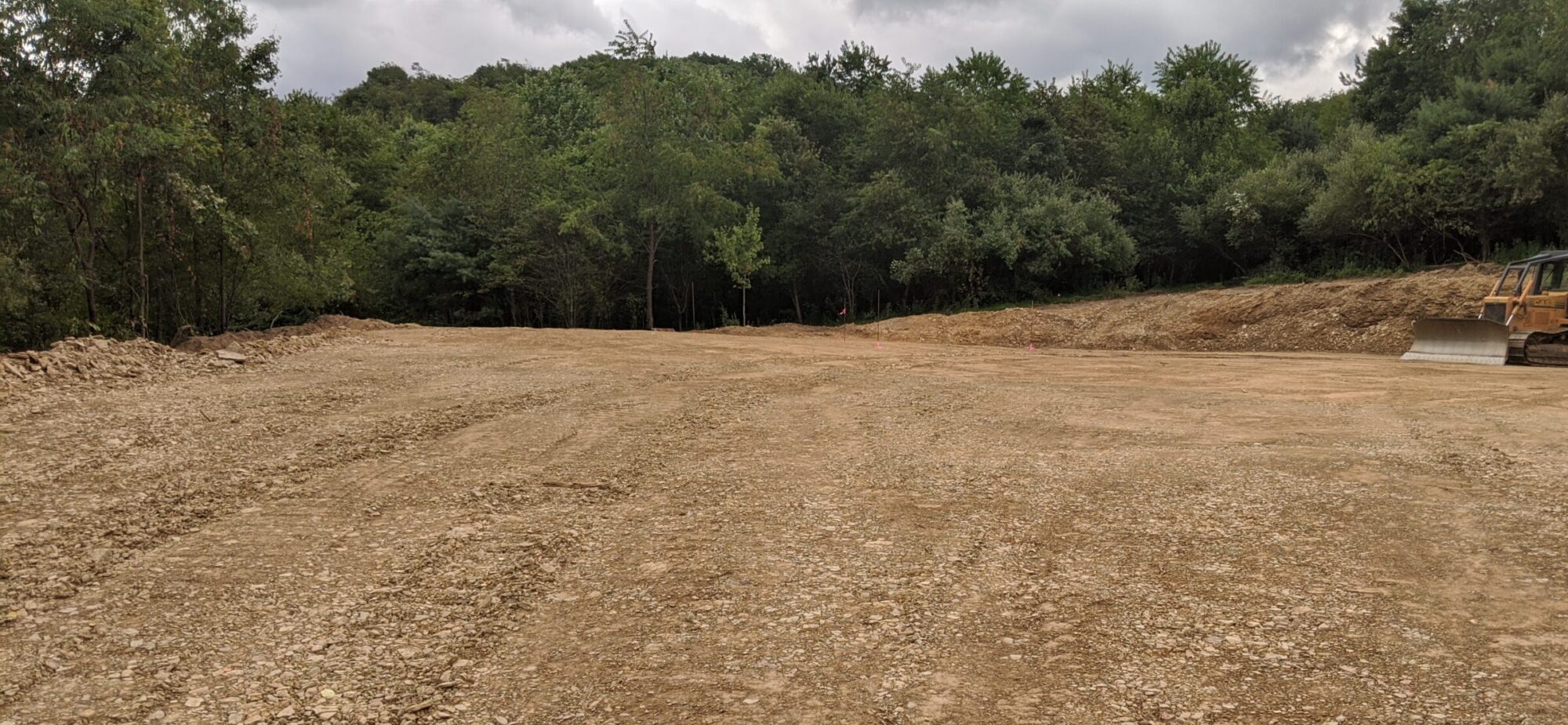It was an unexpected, yet exciting time with week as our window order had been delayed waiting on our triple paned glass from over seas. So, surprise to us, we were planning on only having a fresh air Energy Recovery Ventilator (ERV) meeting, it turned into a huge window delivery day too!!!

For those interested in ERV’s and what that fun meeting was about, please feel free to head over to our manufacture site Zehnder. Simply put, this unit will be bringing in fresh air and taking out stale air very efficiently 24×7. ERV sounds a bit fancy, maybe we should just call it our fresh air system. We will be using two main products that you are welcome to read about as I will indeed be documenting the install and such.
- Zehnder Comfoair Q450 (fresh air unit)
- Zehnder Comfotube (fresh air ducting)
Nothing exciting there until the unit and tubes arrive, so on to the windows. We partnered with a Passive House certified window manufacture that just so happened to be located 1 hour away, Ventana USA. I have found there site pretty, but not as easy to find what you are looking for, so here is a direct link to the European style tilt & turn windows that we purchased for our home. The professional pictures on there site are nice and all, but nothing compares to having the real thing delivered, yeah. Picking up the large 500 lbs pieces and moving them into the house was indeed a nervous task. Here are some pictures of that move.


If you made it this far, you deserve to see the last video of us moving this large piece of glass into place: https://youtu.be/iUrxejvkXm8
The next question you might ask is, why didn’t we place them directly in their final location upon delivery? With our air sealing details, we can’t install the windows until we a air/water seal our window openings with liquid flashing, which requires some weather above freezing to cure. It looks like next week we will see a break from sub-zero temperatures and have 3 days in a row with highs in the 40’s. There is still so much to do with the garage and windows, but with the priority being the garage we likely won’t see window installs for a couple weeks.










